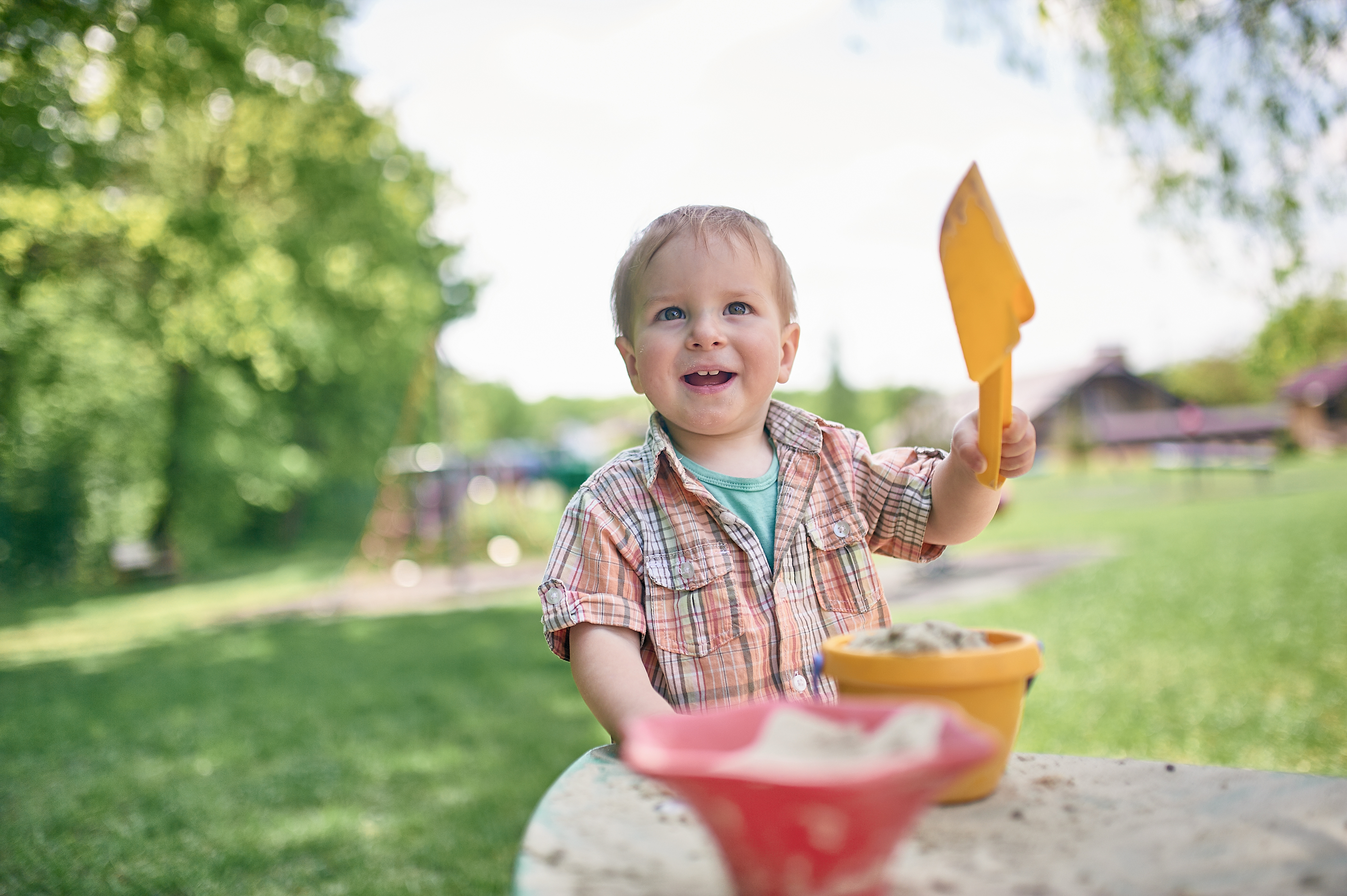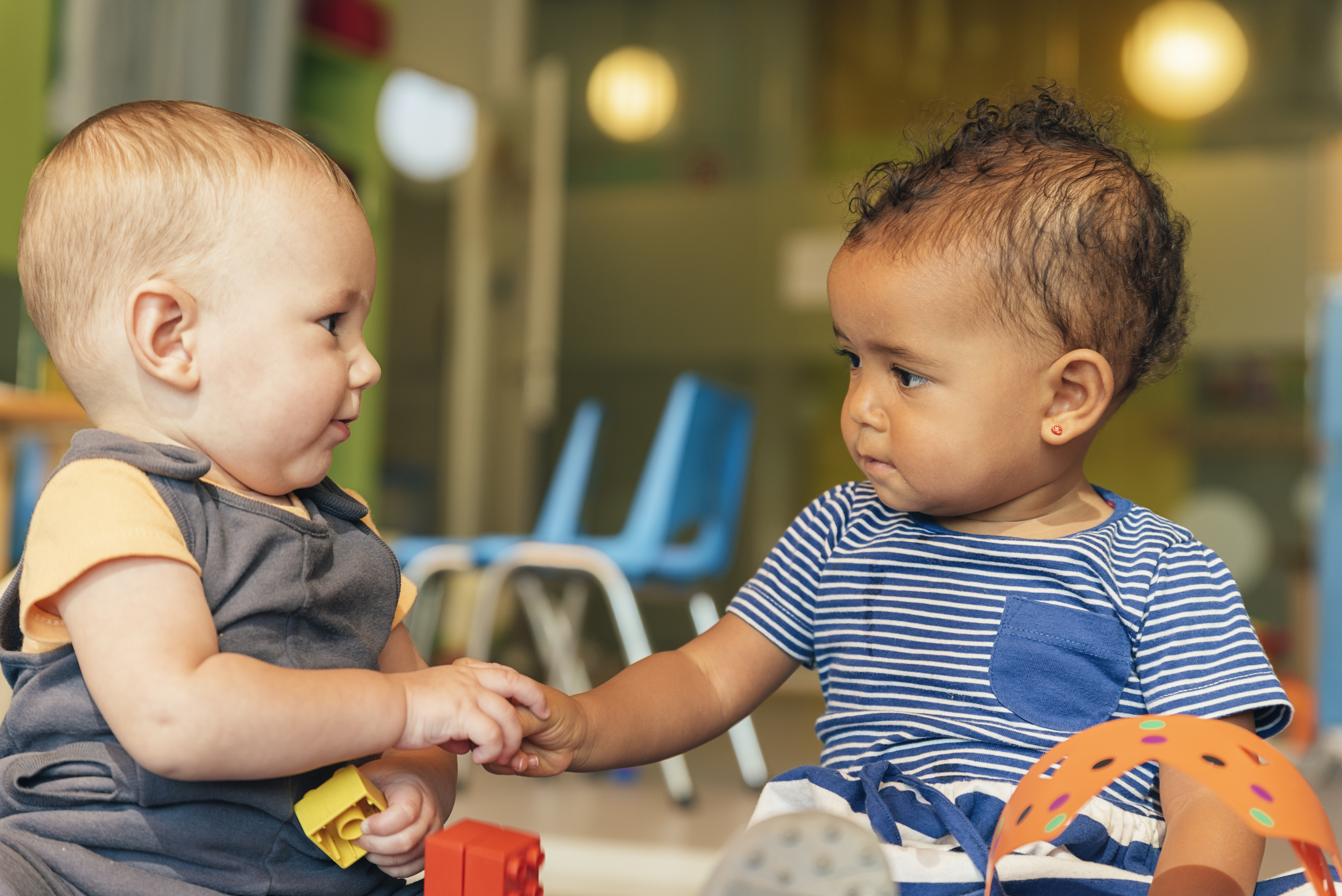
Introduction
Many parents wonder: “Is my toddler learning enough, or should I be teaching them more?” With increasing pressure on early academic readiness, some families focus on structured learning through flashcards, workbooks, and educational apps. However, research shows that unstructured play is one of the most effective ways to support a toddler’s brain development.
In this case study, we follow Mia, a 2-year-old toddler, over six months as her parents explore different play styles—structured activities vs. free play—to see how they impact her cognitive, motor, and social development. We’ll also examine scientific findings and statistics that highlight the critical role of play in toddler brain development.
Meet Mia: A Toddler Exploring the World Through Play
Mia is a 26-month-old toddler who loves to explore, but her parents worry that she’s not getting enough “educational” activities to prepare her for preschool. They decide to test two different approaches to play:
- Phase 1 (Weeks 1-6): A Focus on Structured Learning
- Flashcards, alphabet tracing, counting exercises
- Educational tablet games (20 minutes/day)
- Following a planned schedule for play
- Phase 2 (Weeks 7-12): A Shift to Free Play and Exploration
- Open-ended, child-led activities (e.g., building with blocks, pretend play)
- Outdoor exploration (digging in sand, climbing)
- Social play with peers
By tracking Mia’s problem-solving, motor skills, attention span, and social interactions, her parents gain insights into how different types of play shape her brain development.
Phase 1: The Structured Learning Approach
For the first six weeks, Mia’s parents followed a structured, education-focused play plan. Activities included:
- Flashcards & Number Drills – Practicing letters, numbers, and colors
- Tracing & Puzzles – Encouraging fine motor control
- Tablet Learning Apps – 20 minutes of interactive games
Observations After 6 Weeks:
- Mia learned to recognize letters A–D and count to five, but she quickly lost interest in repetitive drills.
- She became frustrated when asked to sit and complete an activity.
- While she followed directions well, she rarely initiated independent problem-solving.
- Playtime felt rigid, and she seemed less engaged.
Takeaway: While structured activities helped Mia memorize concepts, they did not foster creativity, critical thinking, or independence.
Phase 2: Transition to Free Play & Exploration
Mia’s parents then shifted to child-led, unstructured play, encouraging her to explore freely. Activities included:
- Pretend Play – Dressing up, role-playing with dolls
- Building & Stacking – Using blocks, cups, and magnetic tiles
- Outdoor Play – Climbing, running, sensory play in sand/water
- Social Play – Playing with other toddlers
Observations After 6 Weeks:
- Mia became more independent, exploring without needing step-by-step instructions.
- She started problem-solving on her own—figuring out how to stack blocks without frustration.
- During pretend play, she narrated stories, showing improved language skills.
- She engaged longer in play, sustaining attention for 15-20 minutes (compared to 5-10 minutes during structured play).
Takeaway: Free play enhanced Mia’s problem-solving skills, creativity, and engagement, demonstrating its importance in early development.
Scientific Insights: How Play Shapes Toddler Brain Development
Research consistently shows that play is essential for cognitive, social, and emotional development. Below are key areas where play benefits the brain, supported by scientific findings and statistics.
1. Play Strengthens Cognitive Development
- Studies show that child-led play boosts problem-solving skills more than direct instruction (Ginsburg et al., 2007).
- Open-ended play helps develop executive functioning—the ability to plan, focus, and adapt.
- Pretend play has been linked to higher language skills and creativity in children (Lillard et al., 2013).
Structured vs. Free Play: Cognitive Development Comparison
Below is a chart comparing cognitive growth in structured vs. free play environments:
Cognitive Growth Outcomes After 6 Weeks of Structured vs. Free Play
|
Cognitive Skill |
Structured Play (Flashcards, Drills) |
Free Play (Building, Pretend Play) |
|
Problem-Solving |
Low |
High |
|
Creativity & Imagination |
Low |
High |
|
Language Development |
Moderate |
High |
|
Attention Span |
Short (5-10 mins) |
Longer (15-20 mins) |
2. Play Builds Stronger Social & Emotional Skills
- Toddlers who engage in pretend play show better emotional regulation and empathy (Bergen, 2002).
- Social play teaches toddlers conflict resolution and cooperation.
- Play has been shown to lower stress hormone levels (Pellis & Pellis, 2009).
Social & Emotional Benefits of Different Play Styles
A study found that children who engage in more social play tend to score higher on emotional intelligence tests by age 5.
Below is a chart showing how different play types impact social and emotional growth:
Social & Emotional Growth from Different Play Styles
|
Play Type |
Emotional Regulation |
êSocial Skills |
êStress Reduction |
|
Pretend Play |
High |
High |
High |
|
Physical Play (Running, Climbing) |
Moderate |
High |
High |
|
Tablet/Educational Apps |
Low |
Low |
Low |
3. Play Enhances Motor Skills & Physical Development
- Gross motor play (running, climbing) helps develop balance, coordination, and strength.
- Fine motor play (stacking blocks, scribbling) improves hand-eye coordination and pre-writing skills.
- Studies show that toddlers who engage in daily physical play perform better on movement assessments by preschool age (AAP, 2018).
Final Observations: Which Play Style Was More Beneficial?
After 12 weeks, Mia’s parents compared the results of structured learning vs. free play:
|
Developmental Area |
Structured Play (Flashcards, Drills) |
Free Play (Building, Pretend Play) |
|
Attention Span |
Short (5-10 mins) |
Longer (15-20 mins) |
|
Problem-Solving |
Limited |
High |
|
Creativity |
Low |
High |
|
Social Skills |
Minimal |
Stronger interactions |
|
Language Development |
Moderate |
High |
Conclusion: Play Is the Brain’s Best Teacher
By allowing Mia to explore, imagine, and engage in free play, her parents saw significant improvements in:
- Problem-solving and independent thinking
- Emotional resilience and frustration tolerance
- Language and storytelling skills
- Social engagement with peers
This case study supports scientific research showing that play is essential for brain development—and that toddlers learn best when they are actively engaged in exploring their world.
Key Takeaways
1️ Prioritize Play Over Drills
- Learning through play is more effective than flashcards or rigid activities.
2️Encourage Open-Ended, Imaginative Play
- Give your child blocks, dress-up clothes, or play kitchens to foster creativity.
3️ Balance Structured & Free Play
- While some structured learning is beneficial, it should not replace spontaneous play.
4️ Let Your Toddler Lead
- Toddlers learn best when exploring at their own pace.
Mia’s story highlights a key truth: A toddler’s brain develops best through play. While educational activities have their place, child-led play builds the strongest foundation for problem-solving, creativity, and emotional intelligence.
Next time you see your toddler stacking blocks, dressing up, or talking to stuffed animals—know that they are learning, growing, and building the skills they’ll need for life.
References
- Ginsburg, K. R. (2007). The Importance of Play in Promoting Healthy Child Development. Pediatrics.
- Lillard, A. S., et al. (2013). The Role of Pretend Play in Cognitive Development. Psychological Bulletin.
- Pellis, S. M., & Pellis, V. C. (2009). Play and Brain Development. Trends in Cognitive Sciences.
- American Academy of Pediatrics (AAP). (2018). Guidelines on Play and Development.
Case Study: The Role of Play in Toddler Brain Development
A Comparative Analysis of Structured Learning and Free Play










